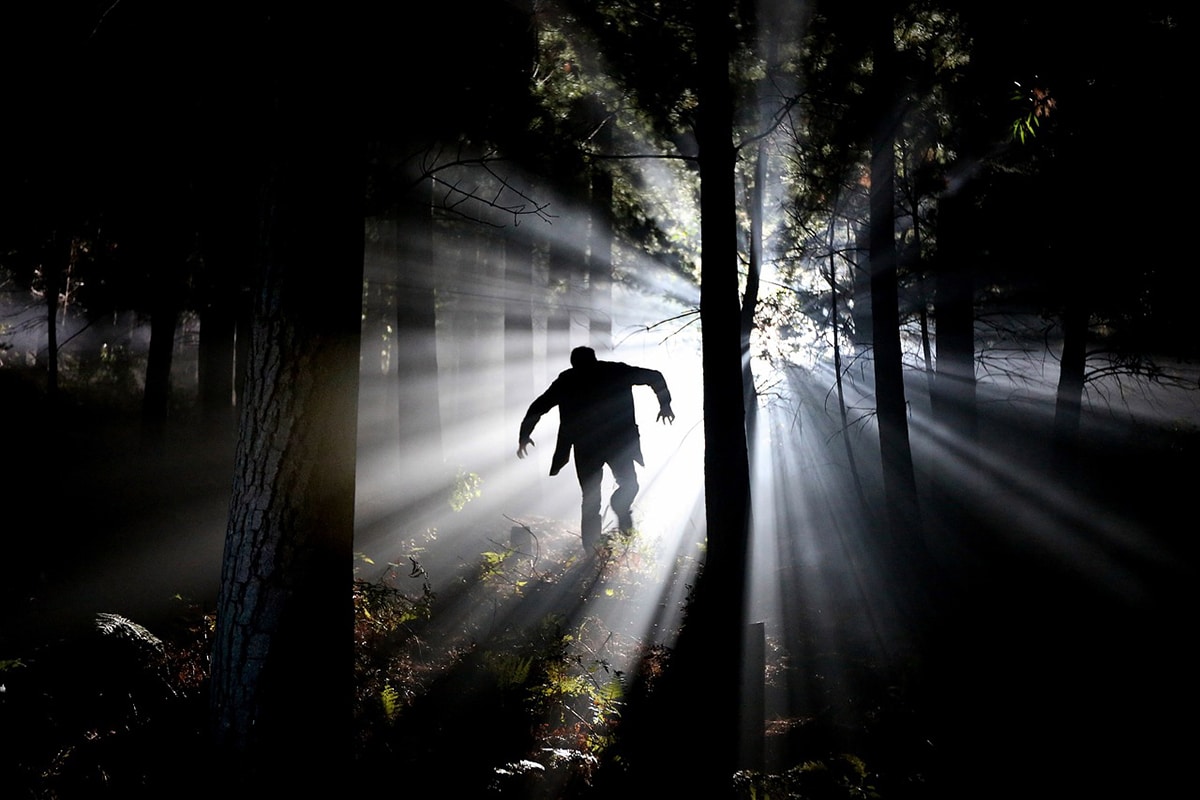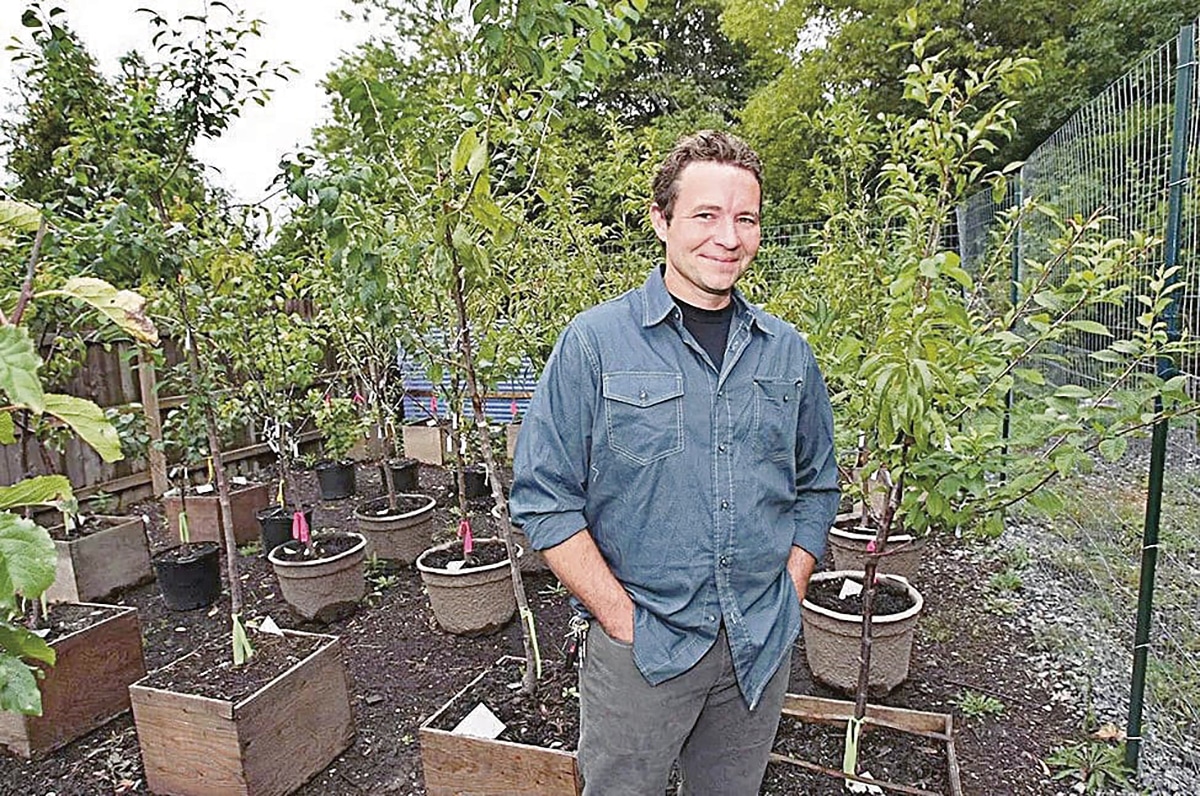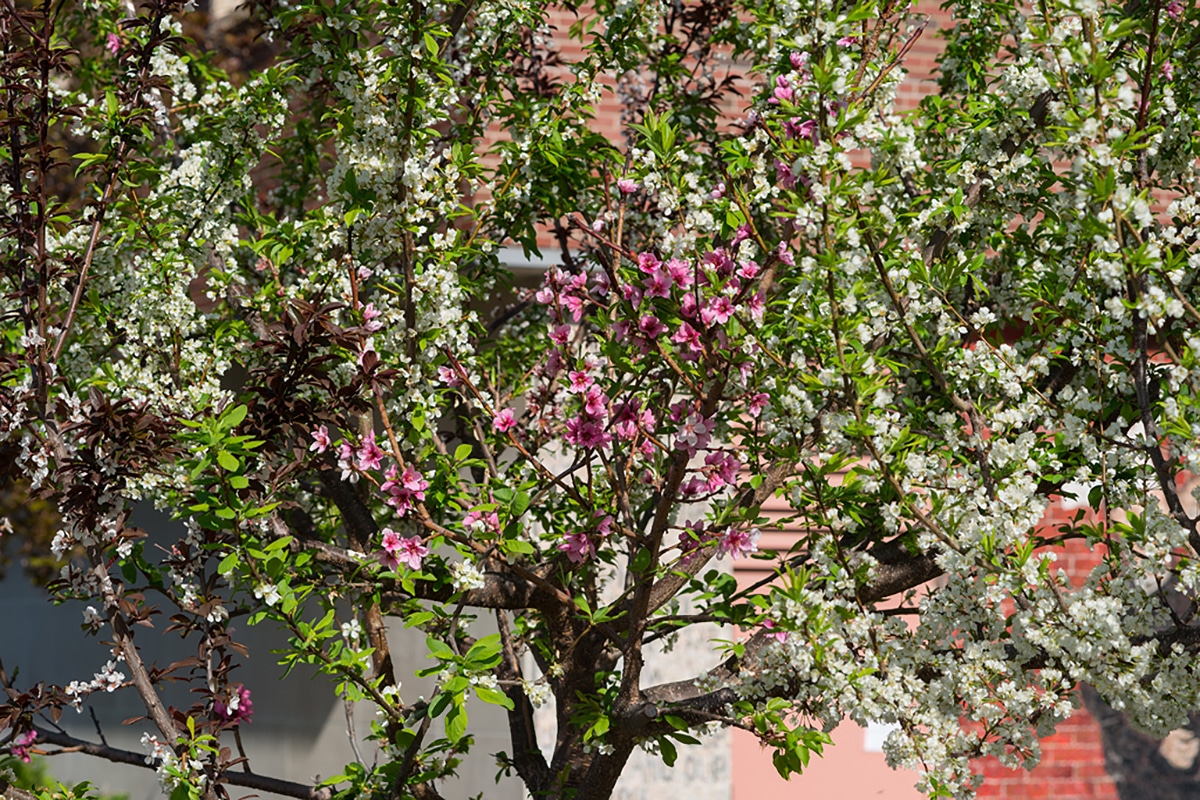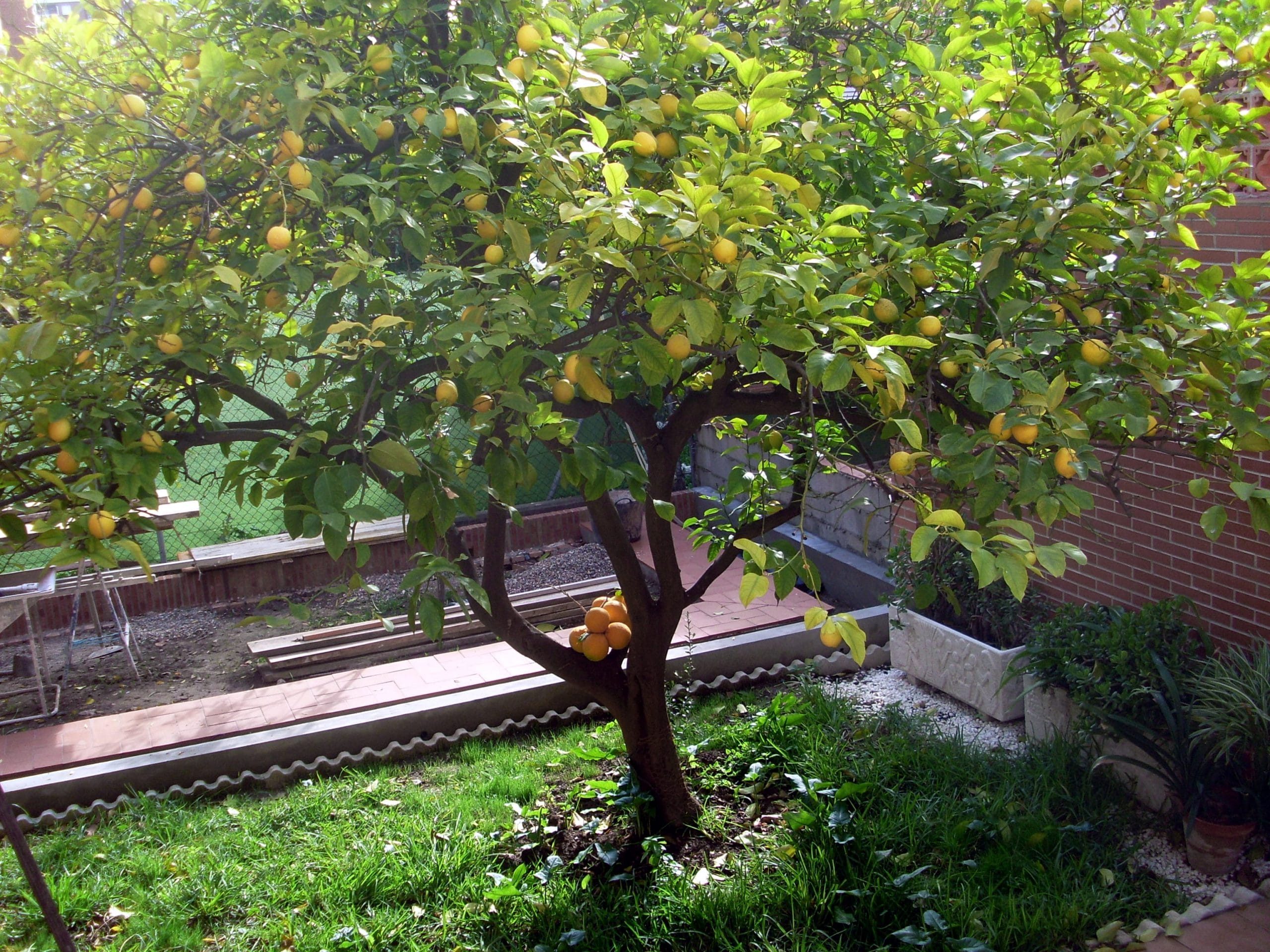
Have you heard of the Frankenstein tree? Yes, it exists, but surely it is not how you imagine it. It is not a terrifying tree that we can use as decoration for Halloween, if not of a combined project between art, conservation and agriculture. In fact, it is a tree capable of giving a total of 40 different varieties of fruit.
Surely you are wondering how it is possible. To clarify doubts related to this curious vegetable, we will explain in this article what is the Frankenstein tree and how was it created. Without a doubt, it is an extremely interesting project that shows that human beings are also capable of creating good things for the world and the environment.
What is the Frankenstein tree?

Although its name comes from the famous and horrifying Frankenstein monster, its appearance turns out to be much more beautiful. If they are alike at all, it is in the way they have been created. Just as Frankenstein's monster was made up of different parts of different human bodies, also this tree has parts of several species, 40 to be exact, that have been joined by grafting. For this reason it is also known as "the tree of 40 fruits".
This project was started by Sam Van Aken, professor of arts at Syracuse University, New York, in 2008. This work transcends art, conservation and agriculture. In fact, the creator himself says that it is "a living capsule of biodiversity" whose objective is to raise awareness about the loss of diversity of the fruits that we are used to consuming today.
The tree of 40 fruits
It is no coincidence that Van Aken has chosen a total of 40 fruits. According to him, "in Western religions it is used as an unquantifiable number, as a synonym for a crowd." With this election he wanted to make humanity aware of the loss that diversity in food is suffering. The arts teacher points out that "almost all of our fruit trees were brought here by immigrants, so it's not just about food: our culture is tied to these fruits, which are our history."
About a century ago, some 2.000 different varieties of peaches, 2.000 different types of plums, and approximately 800 species of apples were grown in the United States alone. But today only a small fraction of all this variety remains, many of which are threatened by the industrialization that is taking place in agriculture. Although many of the different types of fruit were very popular in their day, they disappeared because they deteriorated too much during the processes that are carried out in large-scale agriculture, such as transport over long distances or mechanical harvesting of the fruits.
This message that Van Aken wants to convey to us goes beyond the ecological point of view. This important loss of biodiversity in food in the agricultural field can be very dangerous. Monocultures, that is, crops in which there are few varieties of each species, can be very practical for large-scale agriculture, but also very risky. If something happens, be it a disease or a pest, to just one of those varieties present, the impact on the food supply will be monumental.
Regarding this topic, Van Aken explained a very curious anecdote in an interview: «After several years since the beginning of the project they told me that I had one of the largest collections of fruit varieties in the eastern United States, which considering that I am an artist seems terrifying to me”. Also, It turns out that some of those varieties of the professor are very rare. In fact, some were created specifically to craft a recipe.
How was the Frankenstein tree created?

Source: Wikimedia Author: Sam Van Aken courtesy Ronald Feldman Fine Art https://commons.wikimedia.org/wiki/File:Tree_of_40_Fruit_-_tree_75_-_DPB_010.jpg
Surely you are wondering how he managed to create the Frankenstein tree, or trees, since there are several copies. As we have already mentioned above, He did it by grafting. This technique has been known since ancient times and consists of making a piece of a plant grow on the trunk of another. To be successful, both tissues must be brought together so that the graft can indirectly absorb nutrients and develop.
As a result, a tree is obtained that can bear as many flowers and fruits as there are successful grafts. This technique is normally used to extend and perpetuate varieties of fruit that are more productive, resistant or appetizing. In fact, a graft is really a natural way to clone a tree, since it is a fragment of it. On the other hand, this technique also has an adaptive function. Species that have certain difficulties to grow in certain environments can survive if they are grafted onto the trunk of a related species that is better adapted.
It should be noted that this method does not have unlimited possibilities. It is essential that both the trunk and the fragment to be grafted are of the same botanical genus for this technique to be successful. In the case of Van Aken, all 40 varieties are part of the genus Prunus. This genus includes cherry trees, plum trees, peach trees, and apricot trees, among other species. Each of them has thousands of different varieties.

For most of the year, the Frankenstein tree looks like any other tree. However, when spring arrives, it begins to bloom with various shades other than white and pink. In summer is when the greatest show is given, for from the flowers come 40 different varieties of apricots, peaches, cherries, plums and nectarines.
In order to create such a tree, Van Aken has taken several years. Grafting is generally carried out in the spring. However, in order to check whether the process has failed or been successful, you have to wait a whole year. Until two or three years have passed, the grafts do not begin to bear the first fruits, and it can take up to eight to complete a tree with 40 fruits.
What a curious project! What did you think?